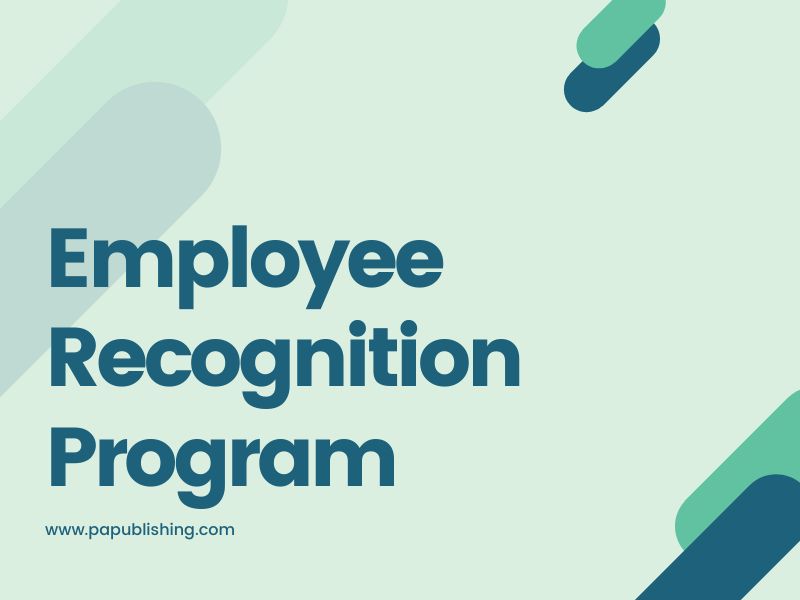Implement Effective Employee Recognition Programs | 7-Steps
When running a business, it’s important to make your employees feel appreciated for all the hard work they do. This not only pushes them to do better but also increases their productivity by 77.9%. This is why having an employee recognition program for your business is highly encouraged.
If you’re unsure how to plan an effective and positive employee recognition program, here’s a guide to get you started.
What is an Employee Recognition Program?
An employee reward and recognition program is an initiative taken by an organization to reward their employees for their efforts and achievements. The ultimate main goal of employee recognition programs is to help retain employees and reduce the turnover rate by fostering a positive work environment.
Employees who don’t feel valued at their workplace are 34% more likely to leave their jobs for others within a year. Replacing these employees can be expensive, considering the costs associated with recruiting, hiring, and onboarding. This is why having an employee reward and recognition program is important for every business.
Employee Recognition Program Examples
For more clarity on the concept, here are some reward and recognition program examples:
- Employee appreciation events like outings, social events, performance celebrations, etc.
- Awarding employees who are thriving at customer service or have spent years serving your company with bonuses, flexible work hours, etc.
- Regularly thanking employees during meetings or making announcements when someone has shown exceptionally good work.
- Monetary awards like free meals, extra paid vacation days, bonuses, etc.
- Social media shoutouts.
- Creating an Employee of the Month or Year board.
- Offering employees rewards that will decrease their work stress.
How to Build an Engaging Employee Recognition Program?
Define the Objectives
First, you’ll need to determine what you aim to achieve through this program. The goals should align with increasing employee morale and retention while also encouraging enhanced performance and professional behavior. This is also when you define the reward and recognition policy, so you have a proper framework for the program.
Survey Your Employees
Conduct surveys and interviews of your employees to get an idea of what type of rewards will make them feel valued so you can include them in the program. Rewarding something that employees don’t value will just be a waste of time and money.
Decide on a Budget
How grand your recognition program is going to be depends on the budget your business can afford to allocate to it. This is especially important for small business owners who want to retain their skillful employees using such a program but can’t spend blindly on it.
Define a Recognition Criteria
Not every employee will get rewards and recognition, so you must create clear criteria for who will. The criteria should be clear of any sort of bias and align with the company’s values and mission.
Decide on the Recognition Methods
The recognition methods of the program can be a mix of verbal praise, announcements, personalized trophies, titles, bonuses, etc. The type of recognition methods and their monetary values will also have to align with your decided budget.
Introduce the Program
Knowing how to communicate a reward and recognition program to your workers is vital. Once you’ve decided on all aspects of the program, use channels like email, posters, newsletters, social media, etc. Especially introduce it to the managers of your business since they’re the ones who will be monitoring and deciding on the performance of employees.
Get Feedback and Improve
Now that the employee recognition program is in full effect make sure you collect regular feedback from managers on whether the program is working as planned. This feedback will include the change in employee performance, turnover rate, employee satisfaction levels, suggestions for improvement, etc.
Conclusion
In conclusion, a properly planned Employee Recognition Program can be your key to retaining employees in today’s competitive job market. Though you’ll have to spend some money to establish and maintain the program, think of it as an investment for the future.
Happy and satisfied employees mean more productivity and an overall improved work culture. All this will also contribute positively to your business’s reputation in the market.

